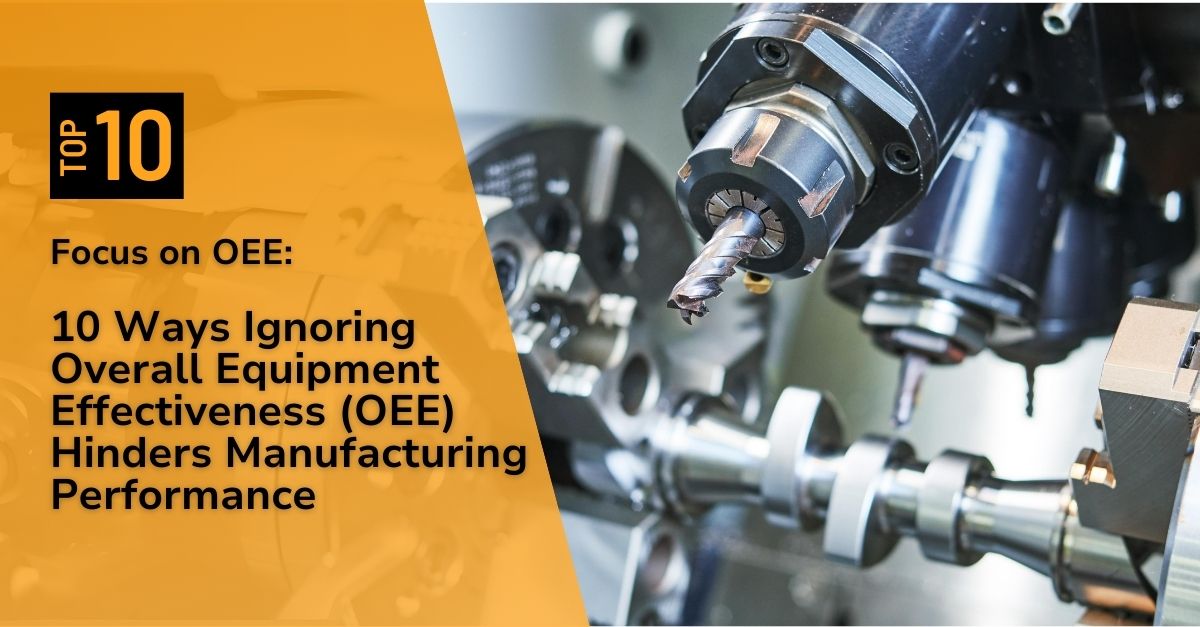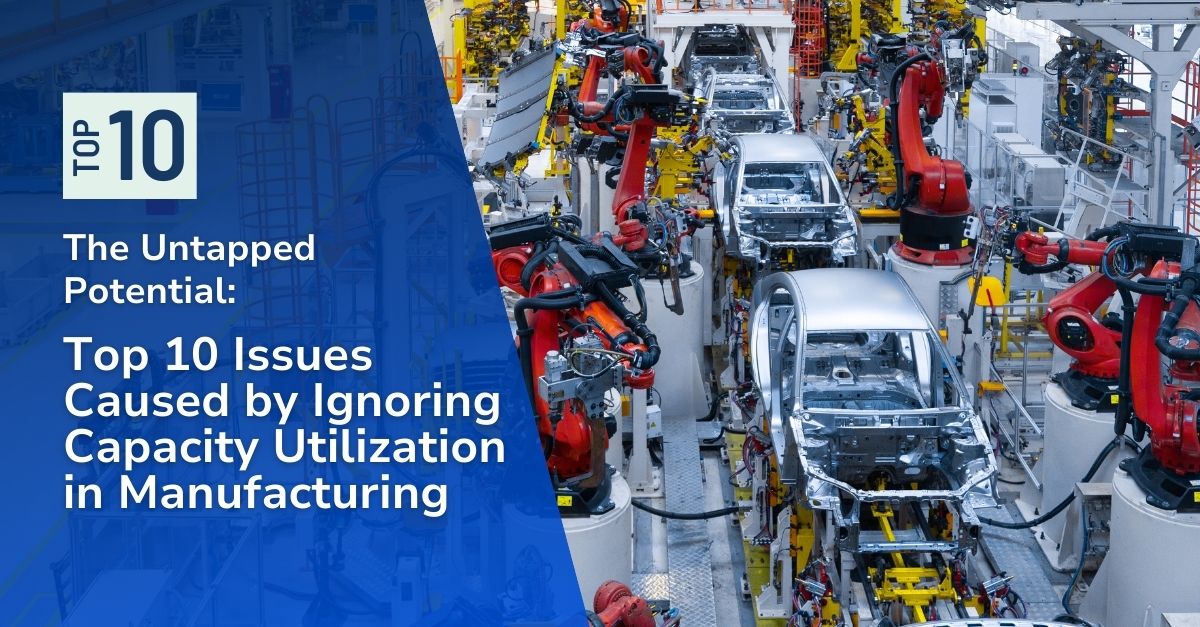
Effective communication is crucial in the fast-paced manufacturing environment to ensure streamlined operations, enhanced team cohesion, and achieving strategic objectives.
However, when Shop Floor Excellence (SFE) is not emphasized, communication can become the weakest link, leading to misunderstandings, misaligned goals, and operational inefficiencies that can hamper productivity and affect the bottom line.
In this seventh installment of our ten-part series, we highlight the top 10 communication challenges frequently encountered in manufacturing settings where SFE principles are underutilized or overlooked.
We explore how the principles of SFE can be strategically employed to address these challenges and transform them into opportunities for enhancing overall communication efficacy.
Let’s unwrap how effective communication underpins SFE principles, driving operational excellence in the manufacturing sector.
1Misalignment of Organizational Goals:
Different departments can pursue conflicting objectives without clear communication, leading to disjointed efforts and inefficiencies.
Solution: Establish a unified vision and goals through regular, transparent communication from leadership to all levels. Use visual management tools to keep objectives aligned and visible.
2Misunderstanding of Process Changes:
Miscommunication during process changes can cause errors and delays, making it crucial to ensure clear understanding and concise instructions for all stakeholders involved in the process.
Solution: Implement standardized communication protocols for process changes, including training sessions and feedback mechanisms to ensure clarity and comprehension.
3Inadequate Feedback Mechanisms:
Without effective feedback channels, employees may feel dissatisfied and issues can remain unresolved, hurting morale, engagement, and productivity.
Solution: Create open channels for feedback, such as regular meetings, suggestion boxes, and digital platforms, encouraging proactive sharing of insights and concerns.
4Poor Cross-Departmental Communication:
When different departments don’t work together or understand each other, it can make things slower and less efficient overall.
Solution: To enhance understanding and teamwork among different departments, organize cross-departmental meetings and collaborative projects.
5Inconsistent Messaging from Leadership:
When managers give mixed messages, it can be confusing and cause mistrust among employees. This can lead to employees doubting the direction and vision of the organization.
Solution: To ensure consistent and clear messaging from leadership, it is essential to establish a unified voice in all communications. This can be achieved through regular updates and a clear communication plan.
6Lack of Clarity in Roles and Responsibilities:
Unclear communication regarding roles can lead to overlaps or gaps in responsibilities.
Solution: Employees in an organization should have clearly defined roles and responsibilities to avoid confusion and overlap. Regularly reviewing and updating these duties is necessary to ensure everyone knows their responsibilities and works efficiently towards the organization’s objectives.
7Ineffective Training Communication:
Poorly communicated training can lead to poor skill development and understanding.
Solution: Aim to create comprehensive training programs that provide clear and concise step-by-step instructions. These programs will also include hands-on practice sessions to ensure effective learning and practical application of the concepts taught.
8Delayed Information Sharing:
Delays in sharing critical information can result in missed opportunities and reactive rather than proactive decision-making.
Solution: Ensure a smooth and timely flow of information by implementing real-time communication tools and protocols.
9Language and Cultural Barriers:
Language and cultural differences can hinder effective communication in diverse workforces.
Solution: Provide language and cultural workshops with visual aids and multilingual resources to improve communication.
10Overreliance on Digital Communication:
Excessive dependence on emails and texts can lead to misinterpretation and lack of personal interaction.
Solution: Balance digital communication with face-to-face interactions, encouraging personal connections and more precise understanding.
By addressing these communication challenges through SFE principles, manufacturers can foster a more synchronized and efficient work environment.
Enhancing Communication with the POWERS Approach
At POWERS, we understand that effective communication is a cornerstone of successful manufacturing operations.
Our approach integrates SFE principles to enhance communication at all organizational levels, aligning teams and processes for optimal productivity.
Transform your communication strategy with POWERS. Our team is ready to guide you in implementing SFE solutions that ensure clear, cohesive, and effective communication throughout your manufacturing operations.
Contact us at +1 678-971-4711 or info@thepowerscompany.com for a comprehensive solution that aligns your communication practices with the highest standards of Shop Floor Excellence. Let’s work together to build a more connected and productive future in manufacturing.
Continue Reading from this Mastery Series
- Part 1 - The Perils of Overlooking SFE in Assembly Line Setup
- Part 2 - A Lackluster Approach to Shop Floor Excellence Impacts Workforce Engagement
- Part 3 - The Consequences of Sidestepping Data-Driven Decisions in Shop Floor Excellence
- Part 4 - Without Shop Floor Excellence, Product Quality Can Drop Like a Rock
- Part 5 - A Lack of Commitment to Shop Floor Excellence Can Lead to These 10 Safety Issues
- Part 6 - Shop Floor Excellence Makes Your Operation More Agile, Flexible, and Adaptable to Market Changes
- Part 7 - Bridging the Gap with Effective Communication in Shop Floor Excellence
- Part 8 - How Ignoring Shop Floor Excellence Undermines Continuous Improvement
- Part 9 - Tackling Inefficient Energy and Material Use with Shop Floor Excellence
- Part 10 - Enhancing Customer Focus Through Shop Floor Excellence







